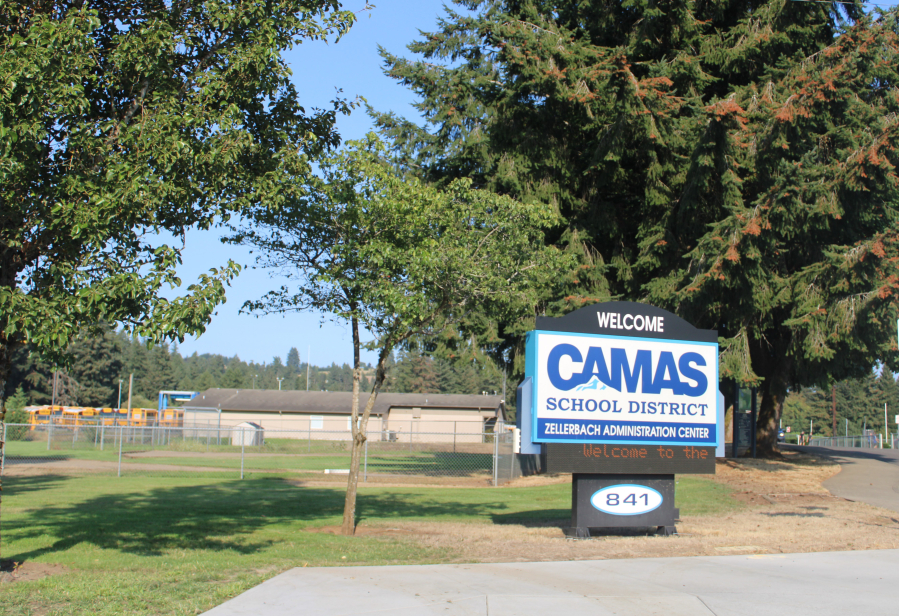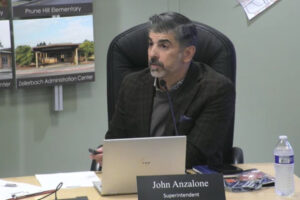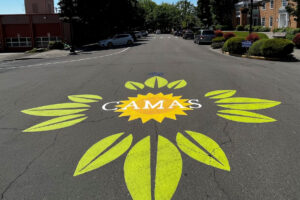In the wake of a budget cycle that will cut $6 million — about 5% of the Camas School District’s overall budget — during the 2023-24 school year, Camas school officials say they want to help community members better understand the complexities of Washington’s K-12 school funding.
“Budgeting and school financing is very complicated and hard to understand,” Camas School Board member Tracey Malone said during the Board’s meeting on Monday, Feb. 27. “It takes a long time to understand the funding model.”
The school district is planning to host a virtual “Budget 101” town hall at 6 p.m. Wednesday, March 8, to help community members learn more about the school district’s various revenue sources and expenditures.
“There is this idea that we’re in this cycle of budget cuts because we have fat in the system,” Camas School Board member Conniee Hennessey said Monday. “But we don’t have fat in the system. We’re short-staffed in a lot of areas … so it’s digging deeper to figure out how to streamline expenses and best serve kids with this shrinking pool of money we’re getting in Camas.”
The CSD Superintendent’s Budget Committee is slated to meet again March 16, and Superintendent John Anzalone said Monday he could bring budget cut recommendations to the school board as early as March 27.




